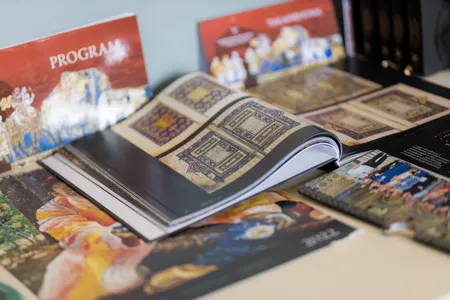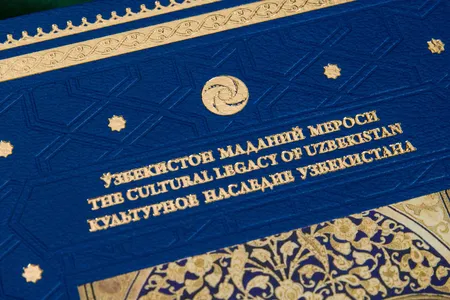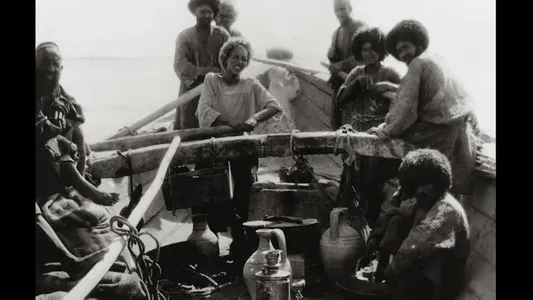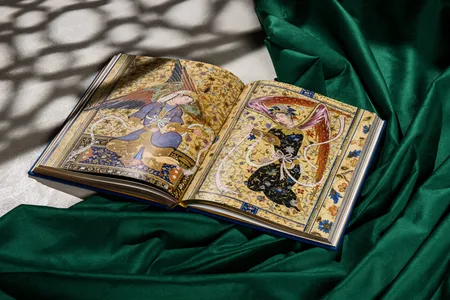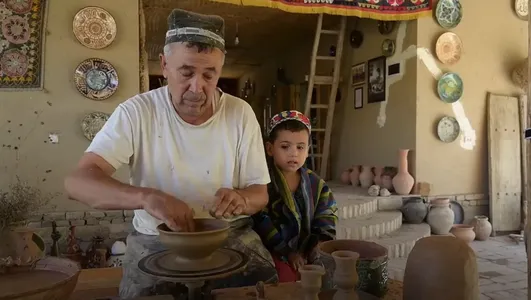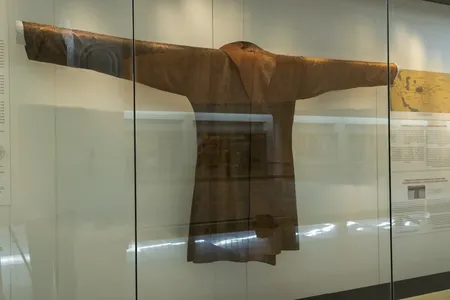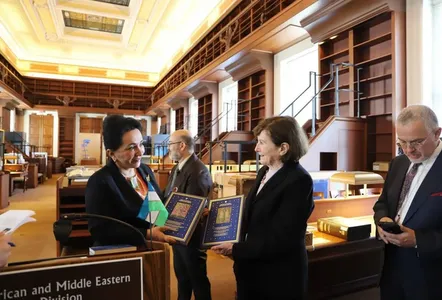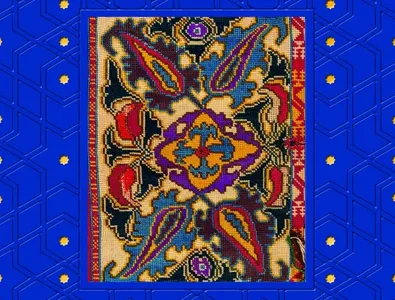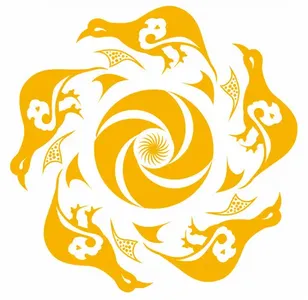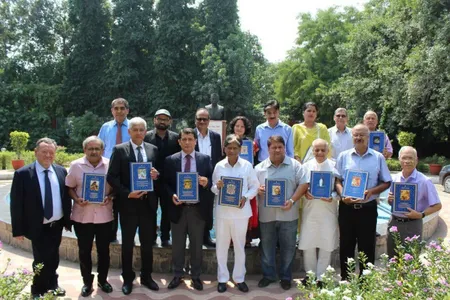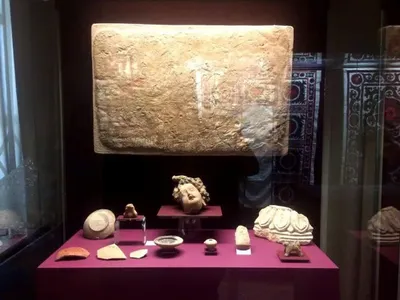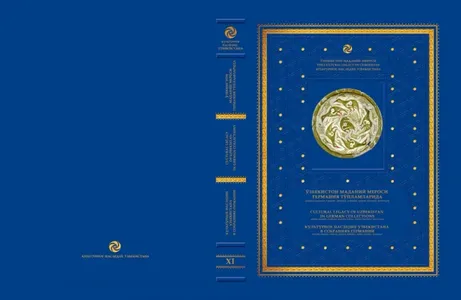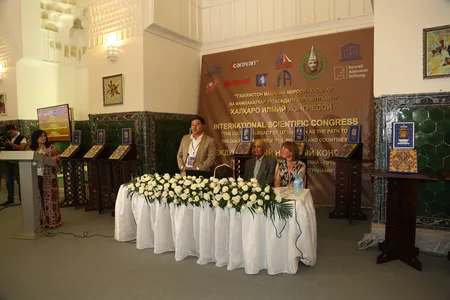Why are his works still relevant after 1000 years? And why is the copy of the legendary manuscript of Avicenna kept in Azerbaijan so unique?
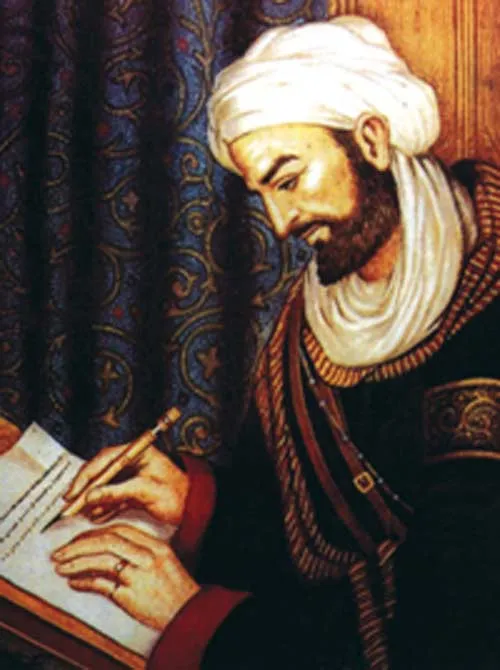
Know that a disease that corresponds to nature, age, season is less dangerous than a disease that does not correspond to these, and happens only for a significant cause; know that it is possible to hope that the diseases of each season will pass in the opposite season.
Know that there are diseases that transform into other diseases, and the latter thus pass, and there is good in this; thus, one disease provides healing from [several] other diseases.”
These and other wise pieces of advice from the most famous physician of antiquity can be found in his legendary work, The Canon of Medicine. The book became the basic guide for all physicians until the 17th century. And some of the 2600 drugs are still relevant today. Avicenna wrote 5 volumes for over 20 years. And he often had to work in the saddle! Avicenna traveled and moved a lot, and those times were quite turbulent.
Whether the original of this outstanding work has been preserved and where it is located is still unknown. Scholars are still trying to solve this riddle. However, there are many copies of the work, as well as its translations into dozens of languages of the world.
One of the earliest and most valuable copies is the manuscript of the second volume of Al-Kanun fi-t-Tibb stored in the Institute of Manuscripts named after Muhammad Fuzuli of the National Academy of Sciences of Azerbaijan.

The manuscript is included in the Memory of the World – UN program of the United Nations Educational, Scientific and Cultural Organization (UNESCO) for the protection of the world documentary heritage. Currently, the register includes about 300 documents. Among them, along with the mentioned copy of the work of the great healer Avicenna, Uzbek heritage include the Qur’an of Uthman and the collection of manuscripts of the Al-Biruni Institute of Oriental Studies.
Here is how manuscript of Avicenna’s work is described in the Memory of the World register:
The manuscript of the second volume of the work written by the great Oriental scientist Abu Ali Ibn Sina Al-Kanun fi-t-Tibb attracts readers with its antiquity and perfection. The manuscript was copied in 1143. The size of the 190-page book is 24x15 cm, the size of the text is 18x11 cm. Each page has 18–20 lines. The text is written in black ink, the handwriting is clear, delicate, the headings of chapters, the names of medicinal plants are written in red ink.
What do we know about this amazing manuscript?
The second volume of the world-famous work of Abu Ali ibn Sina The Canon of Medicine is one of the earliest copies of the book, which was copied in 1143. In this volume, Avicenna described various diseases and their symptoms, as well as methods of diagnosis and treatment.
The manuscript, copied in naskh script in Baghdad 104 years after the author’s death, is one of the rarest in the world in its dating. Uzbek scholars, who compiled the scientific-critical text of this work by Ibn Sina in the 80s of the 20th century, took the second volume of the Baku manuscript as a basis,” said Azizaga Najanov, Academic Secretary of the Institute of Manuscripts named after Muhammad Fuzuli of the National Academy of Sciences of Azerbaijan.
In the near future, everyone who is interested in the culture and art of Uzbekistan, its heritage, will have a chance to see this rarest manuscript on the pages of the illustrated edition The Cultural Legacy of Uzbekistan in the Collections of Azerbaijan.
In addition to the manuscript of Abu Ali ibn Sina Al-Kanun fi-t-Tibb (2nd volume), the book will tell about 90 manuscripts of works by prominent scholars, poets, cultural figures in Arabic, Persian and Uzbek languages. These are the works of Alisher Navoi, Babur, Abu Ali ibn Sina, Imam al-Bukhari, Ulugbek, Jami.
Among the pearls of this heritage is a handwritten copy of the work Vikaya ar-rivaya by Amir Timur's maternal grandfather Sadr ash-Sharia al-Awwal Ubaidallah ibn Mas'ud al-Mahbubi al-Bukhari, copied in 1512; a handwritten copy of the work of Amir Temur's grandson Ulugbek Zij-i Guragani written in 1688; a handwritten copy of the work Babur-nama by Zahiriddin Muhammad Babur Shah, the founder of the Baburid (Mughal) Empire, copied in the 17th century.
In addition to valuable manuscripts from the Institute of Manuscripts named after Muhammad Fuzuli of the National Academy of Sciences of Azerbaijan, the publication will include unique exhibits from the National Museum of the History of Azerbaijan, the National Museum of Arts of Azerbaijan and the National Carpet Museum.

